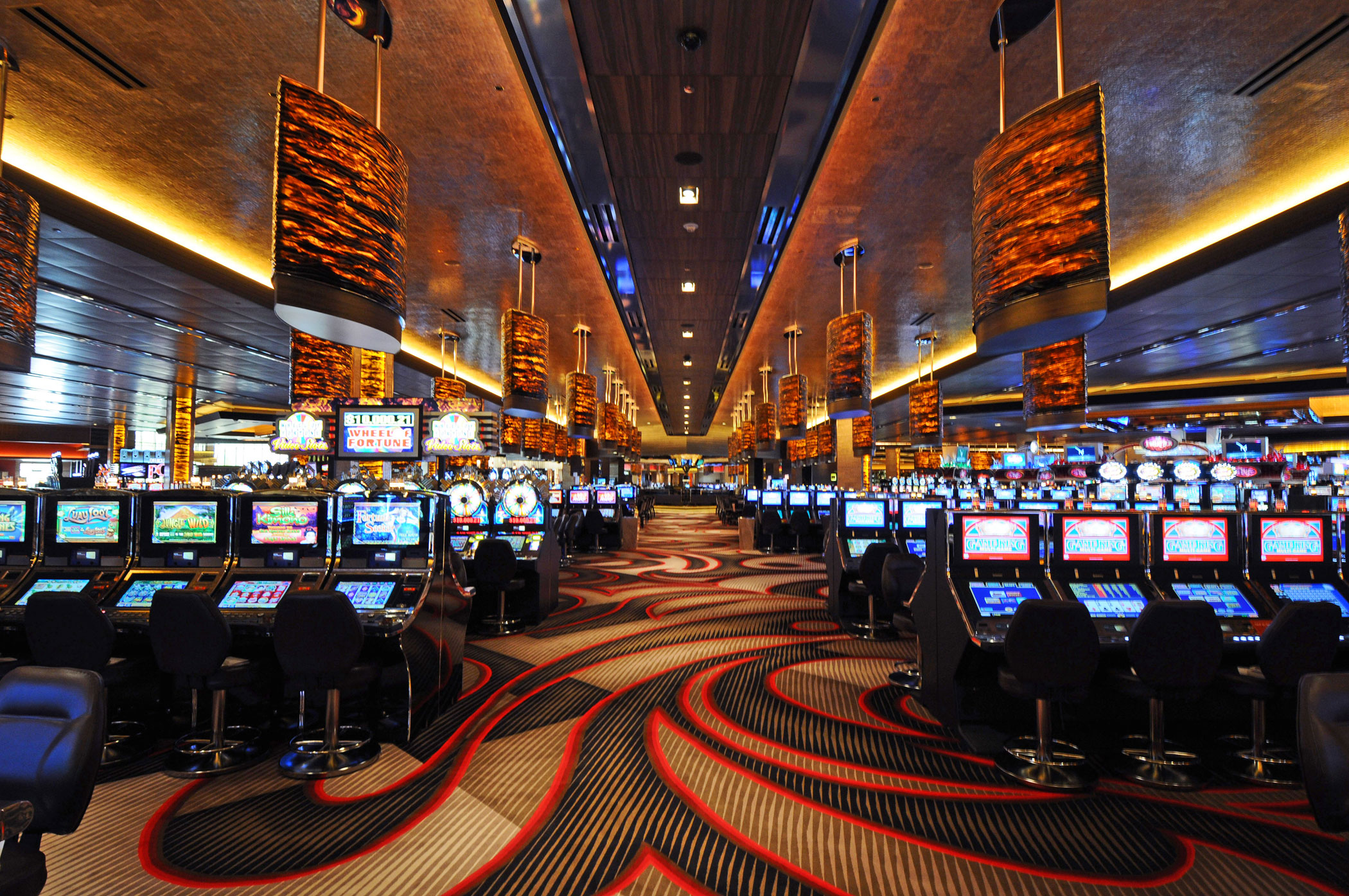In the vibrant and exciting world of casinos, wherein fortune and strategy intertwine, hues and aesthetic play a critical role in drawing in players. From the moment visitors step into a casino or access a gaming platform, they are immersed in a sightly feast that captures their attention and lures them to explore further. Bright colors, engaging graphics, and creative layouts are carefully crafted to create an atmosphere of excitement and anticipation, ultimately enhancing the gaming encounter.
As gamblers move through the dynamic landscape of casino games, they encounter a variety of designs that not only serve visual purposes but also influence emotions and choices. Hues like red and gold symbolize wealth and fortune, while calm blues and greens can create a more tranquil environment. Understanding how these elements function together allows casinos to create an inviting and stimulating atmosphere that encourages players to interact with the games, invest additional time at the tables, and increase their general enjoyment.

The Study of Color in Gambling Games
Hue plays a key role in the development of gaming experiences, influencing players’ emotional states and responses. Lively and striking shades, such as red and amber, are often used to stimulate excitement and draw attention. These colors create a sense of pressure and dynamism, encouraging gamblers to participate more enthusiastically with the experience. By strategically selecting colors, creators aim to inspire emotions of satisfaction and excitement, which can enhance the overall player experience.
Distinct shades also have psychological meanings that can impact how participants perceive their chances of winning. For instance, green is commonly associated with luck and wealth, making it a popular choice in games like the roulette wheel and poker setups. Nổ hũ ok365 This association can cause players to feel more hopeful and assured in their play, ultimately encouraging them to bet more. Understanding these associations allows game creators to design environments that enhance player satisfaction and retention.
In addition, the interface of gambling game interfaces often utilizes gradients and opposing hues to direct players’ responses. For example, successful results may be highlighted with striking, opposing colors, creating a visual incentive. This approach supports successful results and encourages repeated gameplay. By exploiting color psychology, casinos can design games that not only draw gamblers but also maintain them involved and committed in their play experience.
Creative Elements that Attract Gamers
The visual appeal of casino games is largely influenced by the use of bold colors. Lively and striking colors are strategically chosen to create an inviting atmosphere that grabs interest. For example, crimson and golden hues often signify good fortune and prosperity, which is why they are common in the color schemes of slot machines and table surfaces. OK365 These colors not only draw players in, but they also stir emotions related to thrill and expectation, enhancing the total gaming experience.
In parallel to color, the design and organization of gambling games play a crucial role in captivating players. Games are designed to be intuitive, ensuring that players can quickly understand the rules and mechanics. Accessible interfaces, along with captivating graphics and animations, help maintain player interest and promote longer play sessions. The tactile elements, such as the texture of the controls and the sounds of the games, also add to a comprehensive sensory experience that keeps players immersed.
Finally, thematic elements in gaming design can greatly influence player choice. Many gambling games are inspired by media, fairy tales, or adventure themes, incorporating symbols and characters that resonate with players. These themes create a sense of engagement and connection, making each game feel unique. When players feel a connection to the theme, they are more likely to choose that game over others, leading to higher participation and enthusiasm within the casino environment.
Case Studies: Effective Casino Table Game Designs
One prime example of effective gambling game design is the popular slot machine series themed around blockbuster movies. Games such as those based on the Wizard of Oz and Game of thrones utilize bright colors and top-notch graphics to immerse players in well-known narratives. The use of dynamic visuals and entertaining sound effects captures the focus of players, building an psychological connection to the theme. This tactic not only promotes longer play but also enhances the overall gaming experience, yielding increased player retention.
Another successful case is the application of color psychology in table games like blackjack and roulette. Casinos often create these games with rich reds and greens, colors traditionally linked with luck and wealth. For instance, the green felt on a blackjack table provides a relaxing effect, while the red accents in the wheel invite excitement. This deliberate use of color helps to foster an inviting atmosphere that stimulates players to engage, fulfilling their psychological impulses and boosting their enjoyment.
Finally, online casino games that incorporate social features and bright, dynamic designs have achieved remarkable success in engaging players. Games like Zynga’s Poker and Slot-O-Mania leverage striking colors and playful animations to establish an inviting online environment. The addition of leaderboards, community sharing options, and in-game rewards promotes competition and community, attracting players in for longer sessions. Such designs merely make the games visually appealing but also highlight community engagement, a crucial factor in player retention and engagement within digital casino environments.